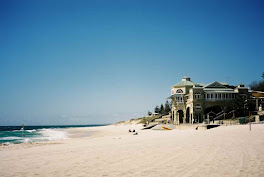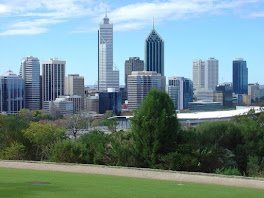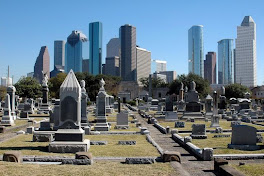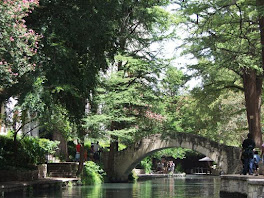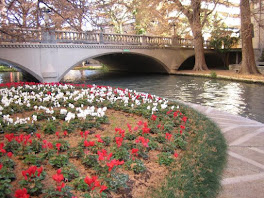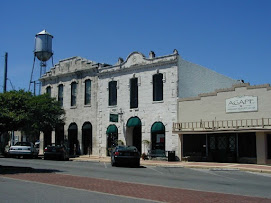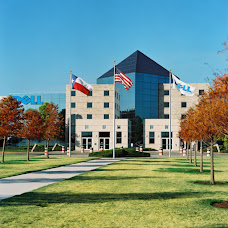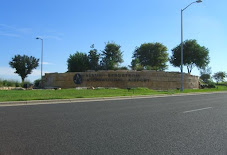History
As requested by the Baram Resident officer, in 1897 some of the Kenyah Badeng (the Madangs) of Plieran migrated to Baram headwaters in Long Tebokan (Teboken), Sungai Tebokan and two years later after harvest festival they moved downriver to Long Benalui, Sungai Data (tributary to Silat river) where Dr. Charles Hose, the Baram Resident visited their village at the foot of Mudong Alan in October 28, 1898. The remaining who refused to migrate to Baram, finally move to Long Malim, Long Petan and Long Ca, Sungai Danum to join the other Kenyah Badeng (the Madangs) groups in Danum.
Lidung Jelo, Usun Apau Plieran (Pliran / Pelieran) is a fully abandoned Kenyah people populated old village settlement in 1910s, Belaga, Sarawak Belaga district. Due to the great pressure from the Baram Resident officer, in 1891 practically all the inhabitants of the Baram had accepted the Rajah's government and acknowledged it by the payment of some tax, called door-tax two dollars per family. The Kenyahs, not feeling themselves needed of any such protection, were less ready to accept the Resident's proposals. First of all, they desired peace, or at any rate less warfare, and it was possible to convince them that this result might be achieved by pointing to other districts such as the Rejang and Jenalong (Tubau), with whose affairs they had some acquaintance. During our recent expedition to village site in Lidung Jelo, Usun Apau Plieran, we found two piles of old houses still standing.
 |
| Long Ampan Aing site |
 |
| pile of an old house in Lidung Jelo |
Location
The Usun Apau Plieran Highlands is a series of beautiful mountain lying slightly over 820m above sea levels (asl) and flanked by jungle-covered peaks rising to more than 1,4000m. Bukit Busing around 1,300m and Mudung or Bukit Batu Bora around 1,400m are the highest peaks not far from this area. To be exact, Usun Apau Plieran is located at the Upper Plieran (Sungai Plieran) and Sungai Tiyut (tributary of Plieran river). There are a few old longhouse sites at these areas such as (Long Ampan Aing (to the western ear, Ampan Aing in Kenyah enunciation sounded like Abanang or Ampan Ayng, hence Sungai Abanang), Long Bora (Sungai Bora), Long Taa, Ka Laeh and Lidung Jelo. Long Ampan Aing and Lidung Jelo were the most important of the Kenyah Badeng settlements in Plieran in early 1840s. You will easily notice a variety of fruit trees along the Plieran river bank with the most common being local fruit such as durian, rambutan, pulasan, bamboo, terap, langsat, 'eman', 'nanga' or sago palm (Eugeissona utilis), 'mali' and 'buah alim' (wild mango) when you take a boat ride from Plieran bridge at Long Ampan Aing, Long Bora, Long Taa, Ka Laeh to Lidung Jelo (upstream). All these crops were planted by the Kenyah Badeng people in 1840s-1890s.
 |
| GPS reading at the site, elevation 2338m asl |
 |
| Langsat trees |
 |
| Huge durian tree |
 |
| Fruit trees |
Lidung Jelo
Lidung Jelo (also known as Lidong Jelor) is a remote Kenyah's longhouse settlements in the mountainous interior located by the Plieran river bank, Belaga division of Sarawak. There are many local fruit trees which still grows wild in these old settlements area. This place is important because it is one of the earlier settlements that is used to be the stronghold for the Kenyah in the Plieran.
 |
| Lidung Jelo site |
 |
| Small boat and the water rises after heavy rain overnight |
Mudung or Mount Batu Bora
Batu Bora is a mountain comprising a group of peaks in Plieran. It is located in Batu Bora, Plieran, which is 3.5 kilometres from the Plieran River. The mountain stands out prominently from the lowlands as a hilly and forested area. Batu Bora is also known by the Kenyah name Mudung Bora, which refers to White (as cotton) mountain, the highest peak is 1,400m. It is also possible to climb Mudung Batu Bora, but this is for planned expedition, experience guides, and porters will be needed.
Climate
The mountainous inland region extends from Sarawak's watershed boundary with East Kalimantan. This region is generally over 725 metres above sea levels with substantial areas exceeding 1,400 metres. The climate is quite pleasant in Plieran, it can become quite chilly in the morning and the evening. The most important feature of Usun Apau Plieran is the cooler climate. The area has an average temperature ranging from 19°C to 28°C. The mean minimum temperature is consistently below 26°C.
How to get there
Usun Apau Plieran is accessible from [[Bintulu]] by 4WD along the logging road. Travel to Usun Apau Plieran involves a six hours 4WD drive from Bintulu to [[Belaga, Sarawak|Belaga]], using the Bintulu-Bakun trunk road and the road to Bakun / Murum Dam. From the Murum's Dam junction passing along the logging road and palm oil plantation roads, it takes about 2–3 hours to reach the Usun Apau Plieran Highlands. A variety of other treks include 5 days long trails leading to East Kalimantan (with overnight stops in the rainforest nearby Upper Iwan river).
.png) |
| Location of the Lidung Jelo in Plieran river |
REFERENCES
Longhouse and Jungle: an expedition to Sarawak Guy Arnold (1959)
Interior of Borneo: Oamaru Mail, Volume XXXVIII, Issue 10471, 2 June 1910, p.1 Dr. Charles Hose
North-West Borneo, Sarawak: near the Madang Country (Nov.), between the headwaters of the Batang Kayan, Rejang and Baram rivers; Silat River; Lata (Data) River; Long Purau (1898) Dr. Charles Hose
The Sarawak Museum Journal, Volume 41 (1990) p.43, p.44, p.46
The Pagan Tribes of Borneo (a Description of Their Physical Moral & Intellectual Condition with Some Discussion of Their Ethnic Relations) (Dr. Charles Hose with William McDougall) (1912)
The Life of the Longhouse: An Archaeology of Ethnicity Peter Metcalf p.263 & p.264 (The Madang Country / The Madang People)
Maps of Malaysia and Borneo: Discovery, Statehood and Progress: The maps of the interior (1892) p.179 By Fr Durand, Richard Curtis











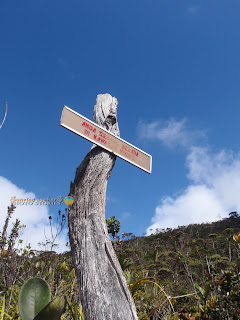









.png)
